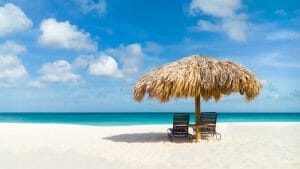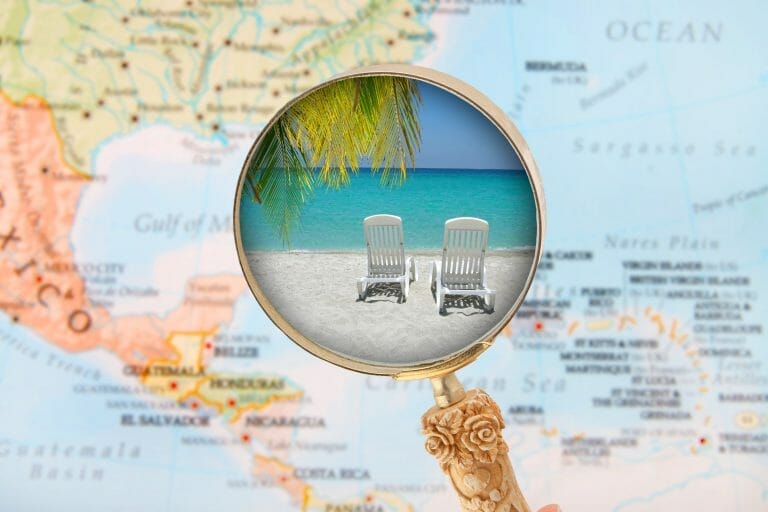Hurricanes are large, swirling storms that form over warm ocean water. Every year, from June to November, it is hurricane season in the Caribbean, throughout countries and regions around the Atlantic Ocean, the Caribbean Sea, and the Gulf of Mexico. Once a hurricane develops, forecasters track its path and strength. Hurricanes are ranked in categories from 1 to 5 based on wind speed. From the record-breaking 2020 season with 30 named storms to Hurricane Irma in 2017, one of the most intense Category 5 hurricanes ever seen, the region has witnessed some powerful weather events. Yet despite these extremes, many islands continue to welcome visitors with blue skies and calm waters year after year. Understanding how hurricane season works, which years were most active, and how it affects different parts of the Caribbean can help you make informed travel decisions and enjoy a safe, sunny escape. Here's what you should know about hurricanes in the Caribbean and how to travel smart and secure during the season.
Hurricane Season Caribbean: Peaks in September
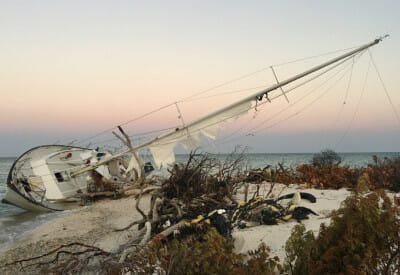 From June to December, it is hurricane season. Hurricane season peaks in September when the heaviest ones strike. In September 2018, many Caribbean Islands suffered devastating damage from hurricanes Irma, Jose, and Maria. Sint Maarten, Barbuda, Dominica and Puerto Rico were hit the hardest. However, a great part of the Caribbean (30 other Caribbean islands) was still very accessible and as beautiful and untouched as before. The ABC Islands (Aruba, Bonaire, and Curacao), located well outside the hurricane belt, are widely regarded as the safest destinations during hurricane season. Other islands such as Barbados, Saint Lucia, Grenada, Trinidad & Tobago, and Antigua also experience far less hurricane activity. These destinations remain sunny, calm, and inviting even in peak storm months, making them ideal for worry-free year-round Caribbean travel.
From June to December, it is hurricane season. Hurricane season peaks in September when the heaviest ones strike. In September 2018, many Caribbean Islands suffered devastating damage from hurricanes Irma, Jose, and Maria. Sint Maarten, Barbuda, Dominica and Puerto Rico were hit the hardest. However, a great part of the Caribbean (30 other Caribbean islands) was still very accessible and as beautiful and untouched as before. The ABC Islands (Aruba, Bonaire, and Curacao), located well outside the hurricane belt, are widely regarded as the safest destinations during hurricane season. Other islands such as Barbados, Saint Lucia, Grenada, Trinidad & Tobago, and Antigua also experience far less hurricane activity. These destinations remain sunny, calm, and inviting even in peak storm months, making them ideal for worry-free year-round Caribbean travel.
What is the Hurricane Belt?
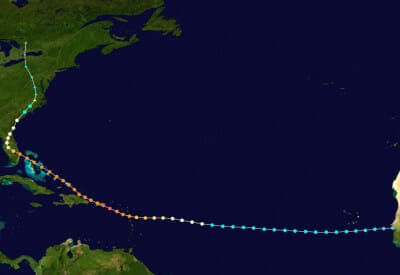 Especially countries like the United States (particularly Florida, Louisiana, and Texas), Puerto Rico, Haiti, Cuba, the Dominican Republic, Jamaica, the Bahamas, and Mexico are among the hardest-hit areas. All Caribbean islands impacted by hurricanes are located within the hurricane belt, an area in the Atlantic Ocean that is more prone to tropical storms and hurricanes during the Atlantic hurricane season. In contrast, Curaçao lies safely outside the hurricane belt. More inhabited Caribbean islands outside the hurricane belt besides Curacao are Aruba, Bonaire, Barbados, Saint Vincent and the Grenadines, Grenada, Trinidad and Tobago, Providencia Island, San Andrés, and several islands off Venezuela. These destinations are far less likely to experience hurricanes, making them safer and more reliable options for travel during hurricane season.
Especially countries like the United States (particularly Florida, Louisiana, and Texas), Puerto Rico, Haiti, Cuba, the Dominican Republic, Jamaica, the Bahamas, and Mexico are among the hardest-hit areas. All Caribbean islands impacted by hurricanes are located within the hurricane belt, an area in the Atlantic Ocean that is more prone to tropical storms and hurricanes during the Atlantic hurricane season. In contrast, Curaçao lies safely outside the hurricane belt. More inhabited Caribbean islands outside the hurricane belt besides Curacao are Aruba, Bonaire, Barbados, Saint Vincent and the Grenadines, Grenada, Trinidad and Tobago, Providencia Island, San Andrés, and several islands off Venezuela. These destinations are far less likely to experience hurricanes, making them safer and more reliable options for travel during hurricane season.
Birthplace of Hurricanes
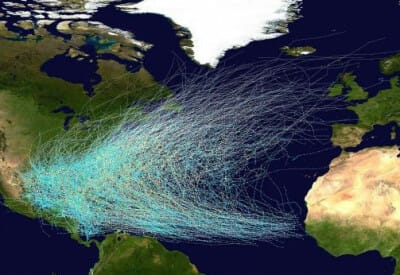 While hurricanes unleash their force across the Atlantic, Gulf of Mexico, and Eastern Pacific, their origins can be traced back to the west coast of northern Africa. Surprisingly, the dry Sahara Desert plays a key role in forming these powerful storms. Hurricanes are born from clusters of thunderstorms that drift westward from Africa, particularly near the Cape Verde Islands. These disturbances often interact with warm ocean waters and dry, dusty air from the Sahara; conditions that can either fuel or suppress storm development. From July through October, when the Sahara is hottest and Atlantic waters are warmest, the likelihood of hurricane formation increases significantly, with September typically being the peak month.
While hurricanes unleash their force across the Atlantic, Gulf of Mexico, and Eastern Pacific, their origins can be traced back to the west coast of northern Africa. Surprisingly, the dry Sahara Desert plays a key role in forming these powerful storms. Hurricanes are born from clusters of thunderstorms that drift westward from Africa, particularly near the Cape Verde Islands. These disturbances often interact with warm ocean waters and dry, dusty air from the Sahara; conditions that can either fuel or suppress storm development. From July through October, when the Sahara is hottest and Atlantic waters are warmest, the likelihood of hurricane formation increases significantly, with September typically being the peak month.
Hurricanes and Global Warming
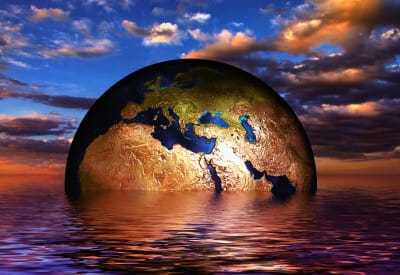 Hurricanes are natural weather systems fueled by warm ocean water and the movement of hot and cold air. As global temperatures rise, these storms may become more intense over time. While this is a reason for scientists and governments to take climate change seriously, it’s also a reminder for all of us to travel more consciously. Supporting sustainable tourism, from eco-friendly accommodations to mindful travel habits, helps protect the destinations we love. While most Caribbean islands remain safe and welcoming year-round, being aware of our environmental impact is one more way we can all help preserve their beauty for future generations.
Hurricanes are natural weather systems fueled by warm ocean water and the movement of hot and cold air. As global temperatures rise, these storms may become more intense over time. While this is a reason for scientists and governments to take climate change seriously, it’s also a reminder for all of us to travel more consciously. Supporting sustainable tourism, from eco-friendly accommodations to mindful travel habits, helps protect the destinations we love. While most Caribbean islands remain safe and welcoming year-round, being aware of our environmental impact is one more way we can all help preserve their beauty for future generations.
Curacao and Hurricane Season in the Caribbean
 Curacao is one of the few Caribbean islands that rarely experiences hurricanes, thanks to its location outside the hurricane belt. In fact, during hurricane season, the island often sees calmer conditions and warmer-than-usual temperatures, as passing storms elsewhere can draw away the trade winds. The last time a hurricane directly hit Curacao dates back to September 23, 1877. Since official naming systems didn’t exist then, this powerful storm became known locally as Hurricane "Tecla" or Orkan Grandi, Papiamento for "big hurricane."
Curacao is one of the few Caribbean islands that rarely experiences hurricanes, thanks to its location outside the hurricane belt. In fact, during hurricane season, the island often sees calmer conditions and warmer-than-usual temperatures, as passing storms elsewhere can draw away the trade winds. The last time a hurricane directly hit Curacao dates back to September 23, 1877. Since official naming systems didn’t exist then, this powerful storm became known locally as Hurricane "Tecla" or Orkan Grandi, Papiamento for "big hurricane."
You Might Also Like:
